Automatic door Sensors proftech
Automatic Door Sensors transform ordinary entrances into responsive access points through advanced motion detection technology that recognizes approaching individuals while filtering out false triggers. These sophisticated detection systems provide hands-free convenience while maintaining energy efficiency and security for commercial buildings, healthcare facilities, and modern residential applications.
Motion Detection Technology and Sensing Capabilities
Multi-Zone Detection Architecture
The Automatic Door Sensors utilize microwave and infrared detection technologies working in tandem to create precise activation zones. This dual-technology approach ensures reliable person detection while preventing unwanted door activation from environmental factors like air currents or small moving objects.
Advanced Sensing Specifications
- Detection Range: Adjustable from 1.5 to 4 meters for customized activation zones
- Response Time: 150-300 millisecond activation for natural walking speeds
- Detection Angle: 70-degree coverage area accommodating various approach angles
- Operating Frequency: 24.125 GHz microwave with passive infrared backup
- Sensitivity Levels: 16 programmable settings for different traffic conditions
The intelligent signal processing algorithms distinguish between intentional door approaches and incidental movement, dramatically reducing energy waste from unnecessary door cycling while maintaining responsive operation for legitimate users.
Installation Configurations and Mounting Solutions
Versatile Mounting Options
Professional installers can position Automatic Door Sensors using various mounting configurations that optimize detection performance while maintaining architectural aesthetics. The compact sensor housing integrates discretely with existing door frame designs.
Standard Installation Methods
- Overhead Mounting: Ceiling or header installation for comprehensive coverage
- Side-Mount Configuration: Wall-mounted sensors for space-constrained applications
- Integrated Header Systems: Built-in installation within automatic door mechanisms
- Dual-Sensor Arrangements: Coordinated sensor pairs for wide entrance applications
Wiring and Power Requirements
The sensor systems operate on standard 12-24V DC power with minimal current draw, allowing integration with existing building electrical systems without requiring dedicated circuit installation. Standard four-wire connections simplify installation while providing comprehensive control capabilities.
Door System Compatibility and Integration
Universal Door Controller Integration
Automatic Door Sensors work effectively with virtually all automatic door systems including sliding doors, swing doors, revolving doors, and bi-fold configurations. This universal compatibility allows facility upgrades without replacing existing door hardware.
Control System Coordination
- Programmable Hold-Open Timing: Customizable door open duration based on traffic patterns
- Safety Sensor Integration: Coordinates with door-edge safety systems for comprehensive protection
- Security System Compatibility: Integrates with access control and alarm monitoring systems
- Manual Override Functions: Emergency operation capability during maintenance or power failures
Traffic Flow Optimization
Modern installations benefit from the sensor’s ability to learn traffic patterns and adjust timing accordingly, reducing energy consumption while maintaining optimal user experience during peak and off-peak periods.
Environmental Adaptability and Weather Resistance
Robust Construction Standards
The Automatic Door Sensors withstand challenging environmental conditions through IP54-rated enclosures that prevent dust ingress and moisture penetration. This protection ensures consistent operation in high-traffic areas with varying atmospheric conditions.
Operating Environment Specifications
- Temperature Range: Functions reliably from -20°C to +55°C
- Humidity Tolerance: Up to 85% relative humidity without performance degradation
- Electromagnetic Immunity: Resistant to interference from wireless devices and fluorescent lighting
- Vibration Resistance: Immune to building movement and heavy foot traffic impacts
Outdoor Application Capabilities
Weather-resistant models accommodate outdoor installations including covered walkways, loading docks, and semi-exposed entrance areas where traditional indoor sensors would fail prematurely.
Safety Features and User Protection
Pedestrian Safety Mechanisms
The Automatic Door Sensors incorporate multiple safety features that prevent door-related injuries while maintaining smooth traffic flow. These protective systems monitor the entire door operation cycle rather than just initial activation.
Comprehensive Safety Systems
- Presence Detection: Continuous monitoring prevents door closure on individuals in the threshold
- Direction Sensing: Distinguishes between entering and exiting traffic for appropriate door response
- Emergency Stop Integration: Immediate door halt capability for safety emergencies
- Backup Detection Methods: Redundant sensing technologies ensure operation if primary detection fails
Accessibility Compliance
The sensor systems meet ADA requirements for automatic door operation timing and activation force, ensuring accessibility for individuals with mobility limitations while maintaining efficient operation for all users.
Commercial Applications and Use Cases
Retail and Shopping Environments
Shopping centers, department stores, and specialty retailers rely on Automatic Door Sensors to create welcoming entrances that accommodate customers carrying packages or pushing shopping carts. The hands-free operation improves customer experience while reducing energy costs from manual door operation.
Healthcare Facility Integration
Hospitals, clinics, and medical offices require dependable automatic door operation for patient transport, wheelchair accessibility, and infection control protocols. The touchless operation reduces cross-contamination risks while ensuring reliable access for emergency situations.
Office Building and Corporate Applications
Professional environments benefit from automatic door systems that project modern efficiency while providing practical convenience for employees carrying laptops, documents, or other business materials throughout the workday.
Energy Efficiency and Environmental Impact
Power Conservation Features
The Automatic Door Sensors include intelligent power management that reduces energy consumption during low-traffic periods while maintaining instant responsiveness when needed. This adaptive operation significantly reduces HVAC costs associated with unnecessary door cycling.
Environmental Benefits
- Reduced Air Exchange: Minimizes conditioned air loss through precise door timing control
- Lower Carbon Footprint: Energy-efficient operation reduces building environmental impact
- Extended Door Life: Optimized operation cycles reduce mechanical wear on door systems
- Smart Building Integration: Compatible with building automation systems for comprehensive energy management
Operational Cost Analysis
Facilities typically recover automatic door sensor installation costs within 18-24 months through reduced energy expenses and maintenance savings compared to manual door operation or basic automatic systems.
Maintenance Requirements and System Reliability
Low-Maintenance Design Philosophy
The Automatic Door Sensors require minimal routine maintenance beyond periodic cleaning of sensor faces and verification of mounting stability. This simplified maintenance approach reduces operational costs while ensuring consistent performance.
Reliability and Service Life
Under normal operating conditions, properly installed sensors provide 10-15 years of reliable service with occasional calibration adjustments. The solid-state design eliminates mechanical components that typically require regular replacement.
Diagnostic and Support Features
- LED Status Indicators: Visual confirmation of sensor operation and detection zones
- Self-Test Capabilities: Automatic system health monitoring with fault identification
- Remote Configuration: Adjustment capability without physical access to sensor housing
- Technical Support Network: Manufacturer support for installation guidance and performance optimization
Advanced Features and Smart Building Integration
Programmable Operation Modes
Modern Automatic Door Sensors offer sophisticated programming options that adapt door behavior to specific facility requirements and usage patterns. These customization capabilities optimize both user experience and operational efficiency.
Integration with Building Systems
The sensors communicate with facility management platforms to provide traffic analysis data, energy consumption metrics, and predictive maintenance alerts that support informed decision-making for building operations.
Future-Proof Technology
Regular firmware updates ensure compatibility with evolving building automation standards while adding new features that extend system capabilities without requiring hardware replacement.
Technical Specifications Summary
- Detection range: 1.5-4 meters adjustable
- Response time: 150-300 milliseconds
- Operating frequency: 24.125 GHz microwave + PIR
- Power requirements: 12-24V DC, low current
- Temperature range: -20°C to +55°C
- Protection rating: IP54 environmental protection


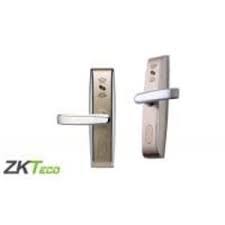
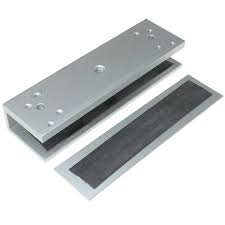
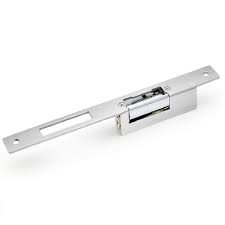
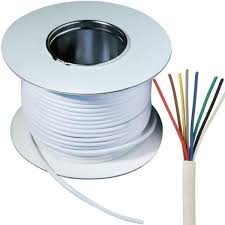
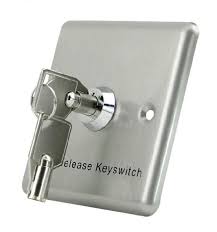
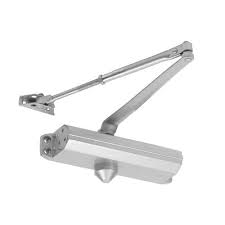
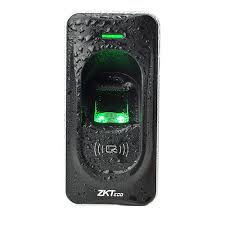
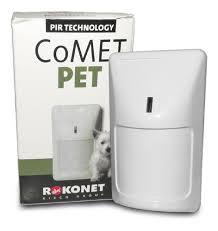
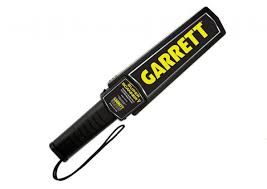
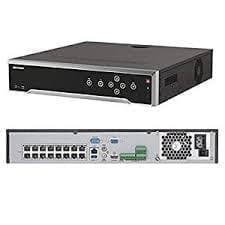
 No products in the cart.
No products in the cart. 